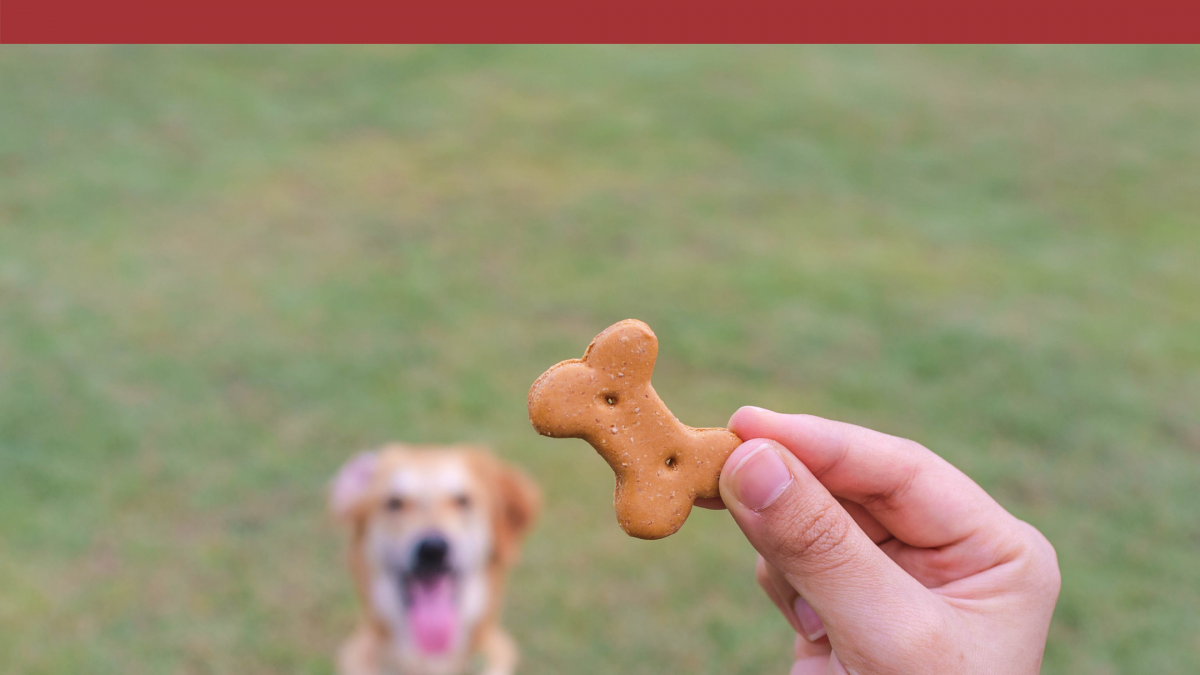Training your dog to use appropriate behavior includes teaching both “do” and “don’t.” Your dog should learn basic manners—what to “do” including sitting and staying on cue. Your dog will also need to be trained in what not to do: don’t jump or run away.
Why Dog Trainers Use Food When Training

Real Life Training
January 25, 2021
Drive and Focus for Good Dog Training & Leash Skills
January 31, 2021Why Train with Rewards?
Your dog is more likely to do what you tell them when there’s something in it for them. Statistically, dogs are more likely to follow and repeat a command when they are rewarded. However, you’ll have to learn what your dog finds rewarding, because every dog is different.
Using Food in Training
Dogs are born already knowing that food is good, so it is a great reinforcer for training. However, you’ll have to be careful to use food only as a reward and not as a bribe. Otherwise, your dog might only follow commands if he knows food will be involved.
Reward vs. Bribe
A treat is a reward when you ask your dog to do something and he does it, receiving a treat as a result. If you ask your dog to do something and he refuses even though he knows how to do it but will do it as soon as you show him that you have a treat, that treat is a bribe. To avoid this, remove the visual presence of food when you’re trying to teach your dog a command. Do not pull a treat from out of your pocket until your dog has successfully done the request. Another tip for avoiding bribery is making sure your dog is fully paying attention before asking him to follow a command. If he doesn’t do it the first time, he might not have been ignoring you, just not paying attention.
Life Rewards
Once your dog completely understands and responds to your hand signals, start to give him different rewards from treats. Treats are great a lot of the time, but your dog will feel even more rewarded if you give him something he wants in return—like a walk outside or throwing his favorite toy. This teaches your dog that he will make you happy if he follows your commands, thus receiving something good in return that will make him happy. This also allows treats to be rewarded as a surprise, which is exciting for dogs.
Treat Tricks
- Small, pea-sized treats that are soft are perfect for quick timing in training, as well as making sure your dog isn’t overfed.
- Try out different types of treats to see what excites your dog. These can be store-bought, but other options are cooked meat, cheese, dry cereal, or fruits and vegetables.
- Hold on to your “special” treats for training in distracting environments, as your dog might find the sights and smells outside to be more exciting than a treat.
- Remember to pet your dog as you give him a treat. This way, he’ll learn that your touch is also a reward and you will be able to reward him with pets in the future.
- For dogs with dietary restrictions, use your dog’s kibble for training. You can put the kibble in a baggie with some chunks of cut up hot dog, which will give the kibble a hot dog scent.
- Since you will be giving your dog a lot of treats in training, consider giving him slightly smaller portions in his food bowl or set aside some of his kibble from his bowl to use in training. This will ensure that your dog doesn’t get too chubby while you train him.

